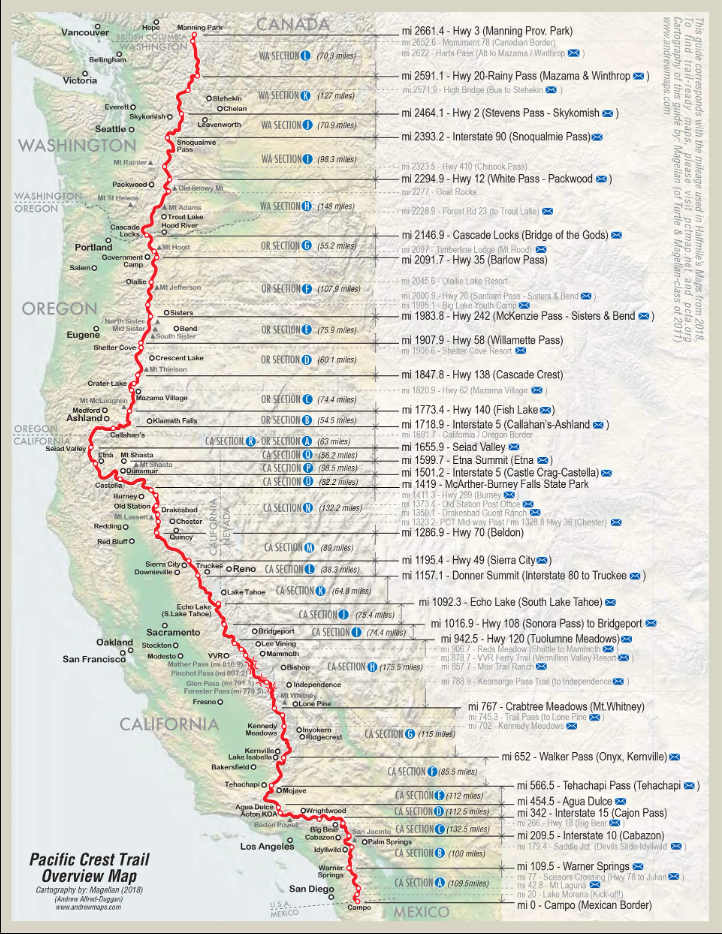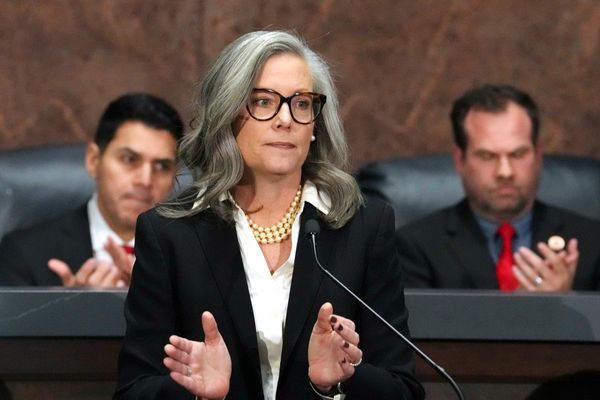
Canada has decided to block thru-hikers from entering at the northern border on an arduous 3000-mile well-known hiking trail.
The Pacific Crest Trail – a beloved National Scenic Trail – is a vast pathway that stretches 2,699 miles from Mexico to Canada passing through California, Oregon, and Washington.
It is seen as a feat for many hikers worldwide as it takes an ambitious effort with a steep elevation range – the highest being 13,153 ft at Forester Pass – and an average of five months to complete, according to the Pacific Crest Trail Association.
However, there’s bad news for the many who adored and hoped to complete the vast trail.
As of Monday, the Canada Border Services Agency (CBSA) announced it would discontinue permits for those wishing to enter Canada on the Pacific Crest Trail.
This means that any northbound hikers will now be forced to finish their hike at Monument 78 – an international boundary marker – and retrace their steps back along the last section of the hike back to Hart’s Pass.

The move comes a week after Donald Trump ordered harsh border control policies and just weeks after Canada’s Prime Minister Justin Trudeau announced his resignation from Canada’s ruling liberal party.
Previously, hikers could apply for a permit ahead of undertaking the expedition but now, the site directs hikers to use a designated port of entry to complete the Canadian stretch of the trail.
The closest two ports are Osoyoos and Abbotsford – both of which are roughly 60 miles away from the trail.
“The Pacific Crest Trail permit program has ended. Anyone seeking to complete the Canadian portion of the trail must use a designated port of entry”, the CBSA site notice read.
Traditionally, advice recommended that anyone looking to take on the expedition should seek to obtain a multiple-entry B-2 visa from their local U.S. embassy. Previously the visa and a permit would allow hikers to pass through on the trail with ease, but now they must head to an official port of entry.
Northbound thru-hikers set off on the expedition between mid-April to early May from the southern terminus in Campo, California, and those heading southbound – which tends to be rare – generally start at Hart’s Pass, near the Canadian border around late June to early July.
The PCT encompasses a varied climate with snow in the spring and early summer in Sierra and Washington, stream crossing obstacles, and extremely hot temperatures in Southern California.







